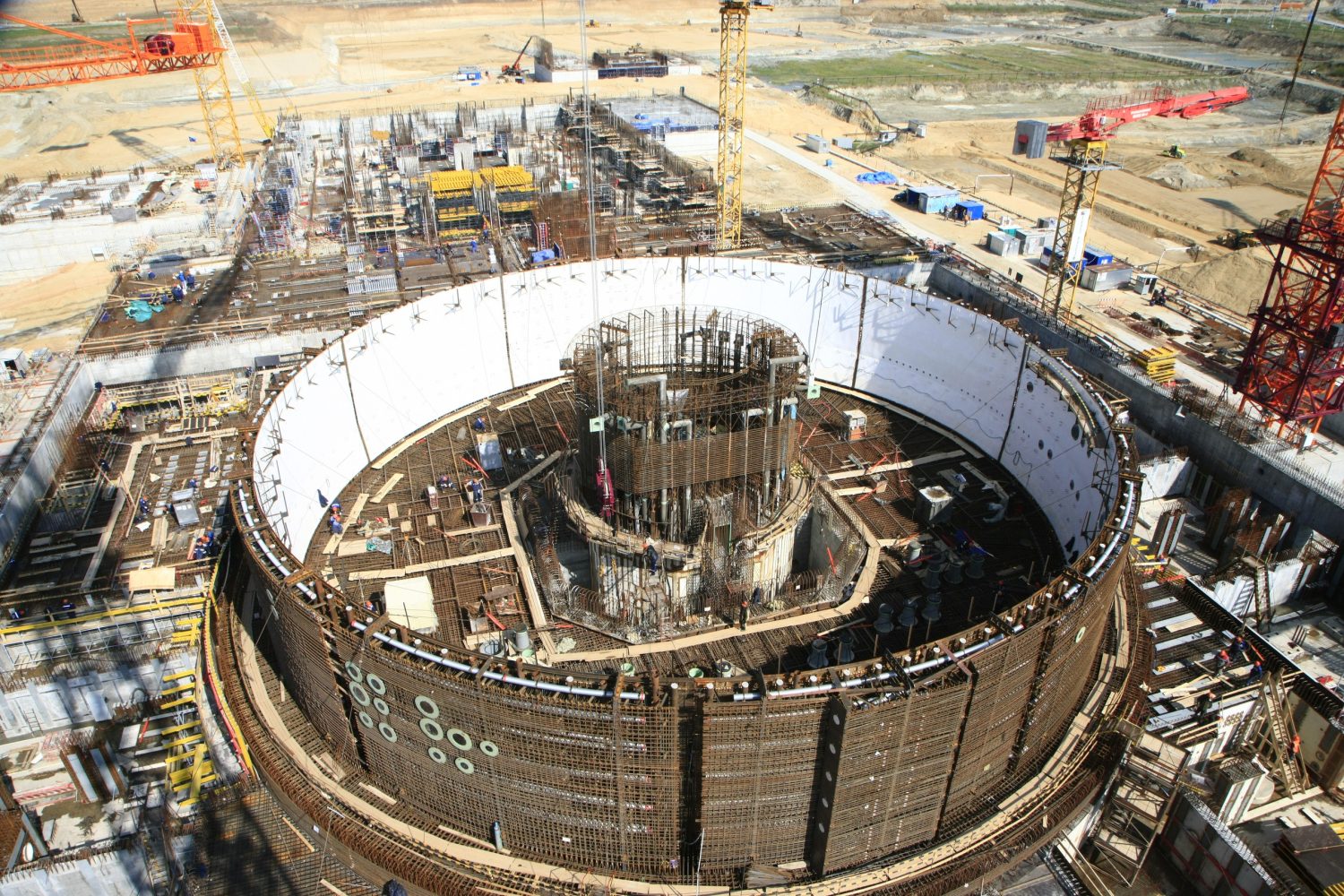
Approved by EUR Organization
back to contentsExperts studied the VVER-TOI design and awarded its owner RosEnergoAtom (a Rosatom Group company) with a EUR compliance certificate. It confirms that the design is compliant with the latest safety and cost efficiency standards for nuclear power plants and will help to market Russian nuclear products globally.
On June 13, Saint Petersburg hosted a certificate award ceremony which was attended by Guillaume Jacquard, Honorary President of the EUR Organization and Deputy Director for Engineering and New Build Projects at EDF (France’s largest electric utility operator). He thanked all the stakeholders for their contributions. “I can rightfully say that the VVER-TOI design was examined most thoroughly and extensively and is fully compliant with the European Utility Requirements,” Jacquard said.
Representatives of EDF (France), ČEZ (Czech Republic), Paks II (Hungary), Gen Energijа (Slovenia) and RosEnergoAtom examined VVER-TOI for its compliance with 4,332 safety, engineering and cost efficiency requirements for nuclear power plants.
“The nuclear industry is moving forward at pace. What makes it different from any other industry is that each our solution has to be checked for safety multiple times. Nuclear operators understand this much better than anyone else,” Alexander Lokshin, First Deputy Director General for Operations Management at Rosatom and President of Rosatom’s Engineering Division ASE, said at the award ceremony. He stressed that the certificate has proved, yet again, that the solutions used in the VVER-TOI design improved safety and reliability of a nuclear power plant and met international standards.
EUR Certificate
European Utility Requirements (EUR) is an association of European utility operators founded in 1991. Its primary goal is to create a set of technical specifications for new light water nuclear reactors to promote the nuclear industry development in Europe.
Guidelines and criteria are grouped into four volumes. Volume 1 deals with main policies and objectives of assessing nuclear plant designs; Volume 2 contains generic and nuclear island requirements; Volume 3 describes the application of EUR to specific Generation III LWR designs, and Volume 4 lists specific power generation plant requirements.
Current members of the EUR Organization are utilities of the countries that signed an agreement on legal and financial rights and obligations. They are ČEZ (Czech Republic), EDF (France), EnergoAtom (Ukraine), Fortum (Finland), Engie Tractebel (Belgium), Gen Energija (Slovenia), Iberdrola (Spain), Paks II (Hungary), NGR (Netherlands), TVO (Finland), Preussen Elektra (Germany), EDF Energy (UK), and RosEnergoAtom (Russia). The Russian utility operator joined the EUR club in 1993, almost right after it was founded. The first Russian design that was awarded a EUR certificate was AES-92 with the VVER-1000 reactor in 2006.
VVER-TOI
VVER-TOI is a standardized design for a nuclear power plant with two Generation III+ VVER-1300 reactors (a Russian-designed light water power reactor). The overall design was developed by Rosatom’s subsidiary AtomEnergoProekt. The nuclear island was designed by another subsidiary OKB Gidropress under the supervision of Kurchatov Institute. The first VVER-TOI unit is now under construction at the Kursk II Nuclear Power Plant.
If compared to previous VVER reactor designs, it has a higher power capacity (1,225 MW) and a two times’ longer service life of its core machinery (up to 60 years). Another difference of VVER-TOI is its lower construction and operation costs, as well as reduced construction time. The design combines active and passive safety systems. One of them is a core catcher, which has long become an integral part of the VVER technology.
The containment will prevent radioactive substances from getting out into the environment even in case of an 8.0-magnitude earthquake or an airplane crash. VVER-TOI is a standardized design for different climates and environments. It can be used on different sites with various environmental conditions without changing its key concept, engineering or layout solutions.




